This is the 57th in a series of posts on the Fujifilm GFX-50S. The series starts here.
The Leica R-mount lenses seem to belong on the GFX. The size is right. The focusing throw is good. I never had the scratch — or the desire, if the truth be known — to experience those lenses on their native cameras back in the day, but from a handling perspective, they fit the GFX better than the a7RII or the M240. We’ve seen that the 280/4 Apo-Telyt-R works well on the GFX, even though it can’t cover the whole sensor. I’ve got two Leica-R 180s: the 180 mm f/3.4 Apo-Telyt-R and the 180 mm f/2.8 Elmarit-R (Version II, with the 67mm filter threads) . Unfortunately, I don’t have the Apo version of the latter lens.
All images developed in Lightroom with default settings except for white balance set to Daylight. All crops focused at the taking aperture. I made three sets of images, and picked the sharpest. At any given f-stop, the images were so close in sharpness that I might just as well have done the picking by throwing darts. I think I’ve got manual focusing dialed in on the GFX. The Leica R-mount lenses are much more pleasant to focus then the M-mount ones because of the longer throws.
Looking at coverage:
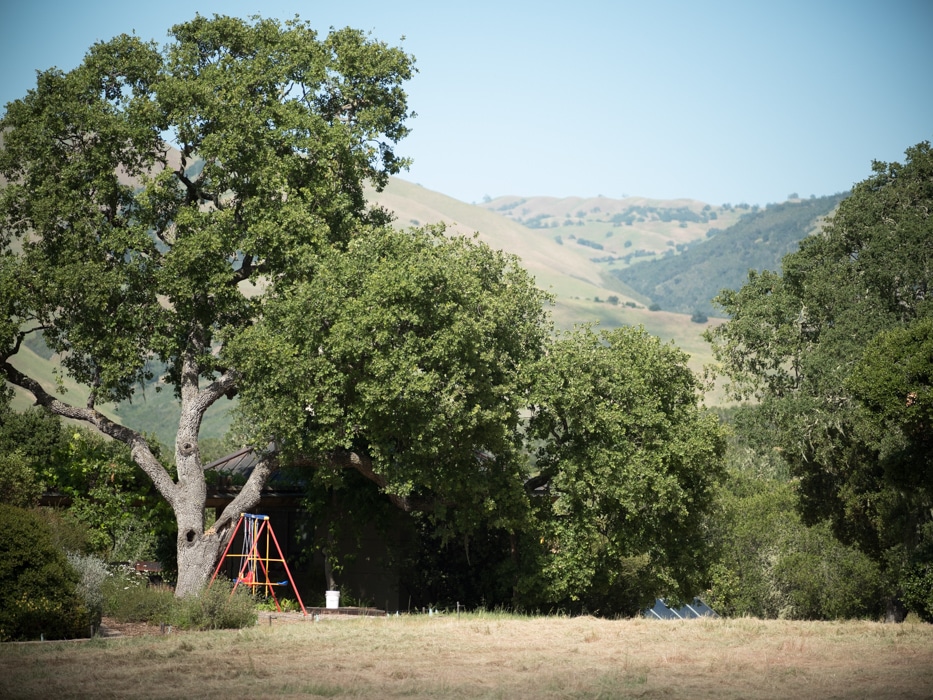
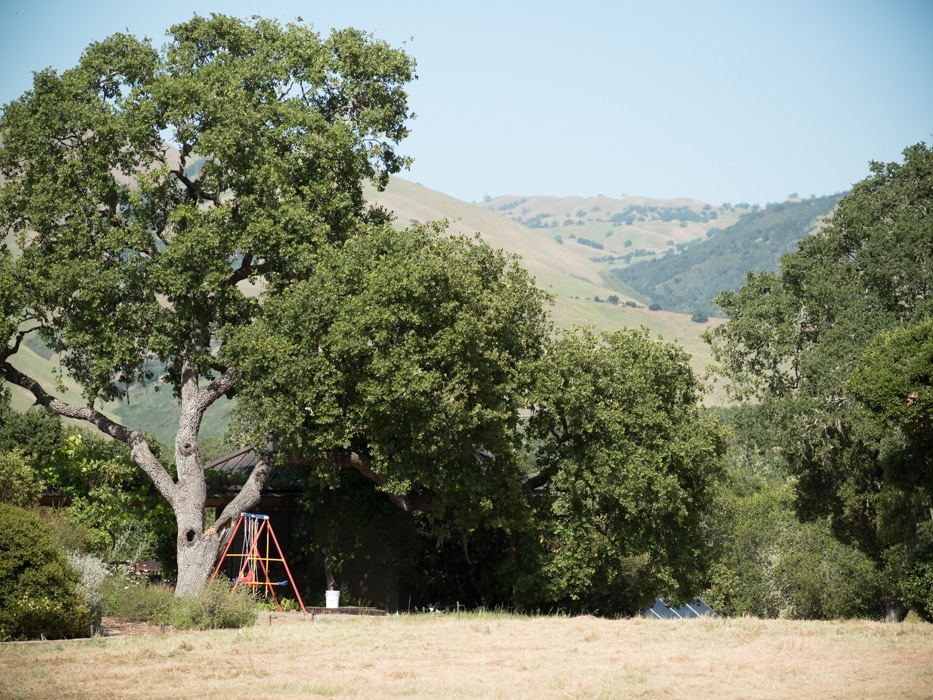
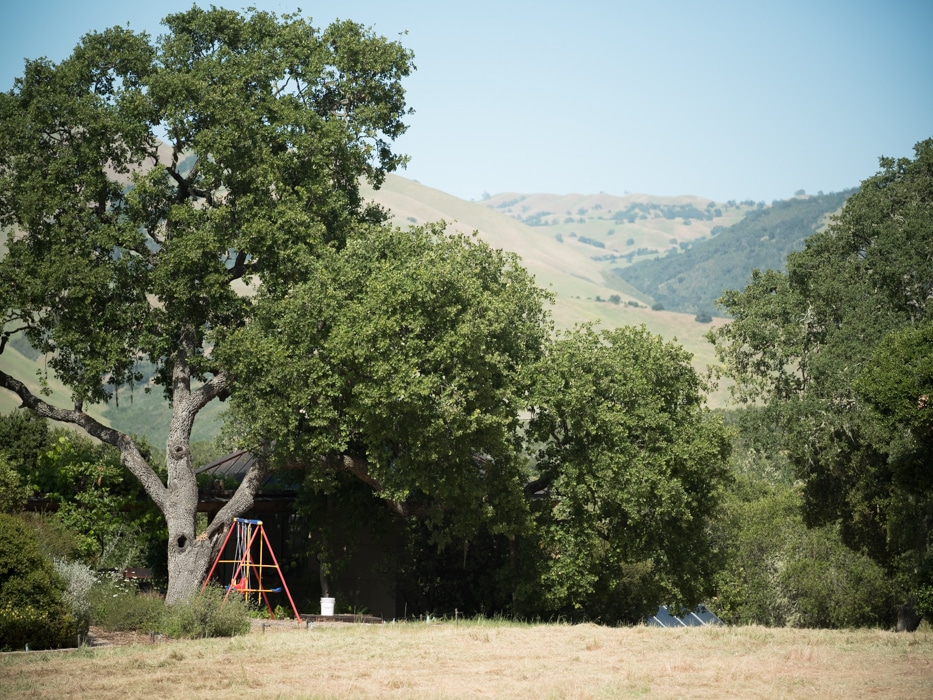
All have a moderate amount of corner falloff, with the Apo-Telyt doing better.
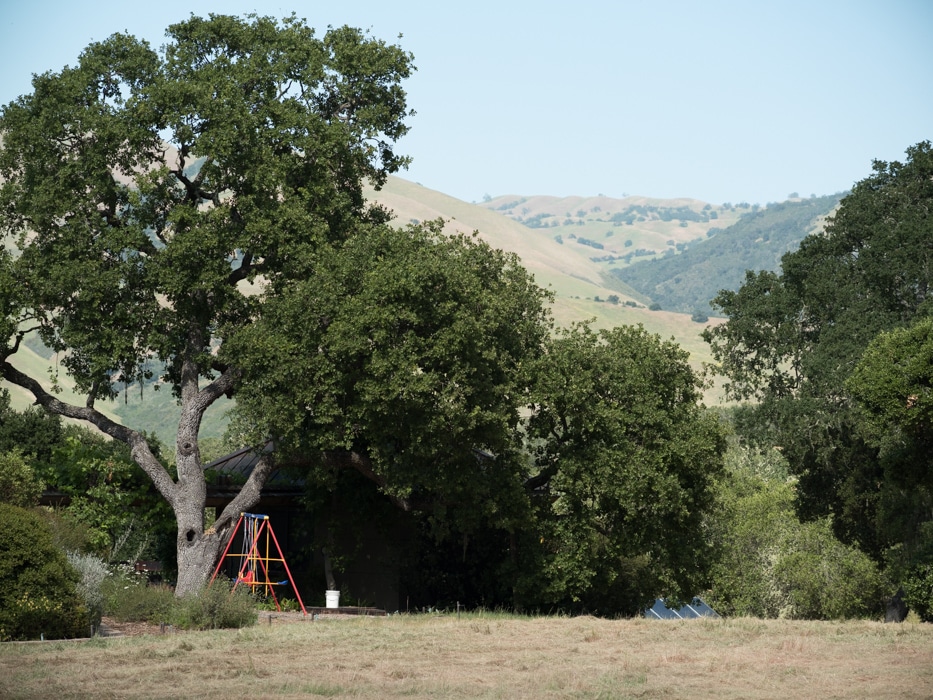
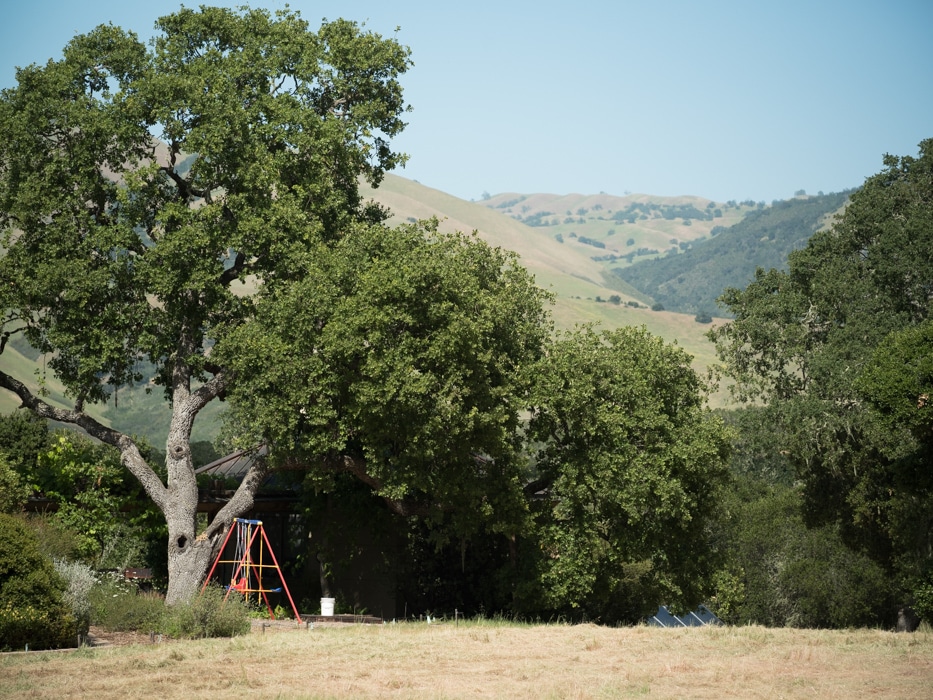
Now they are both about the same, and a 4:3 image should be possible with a bit of corner lightening.
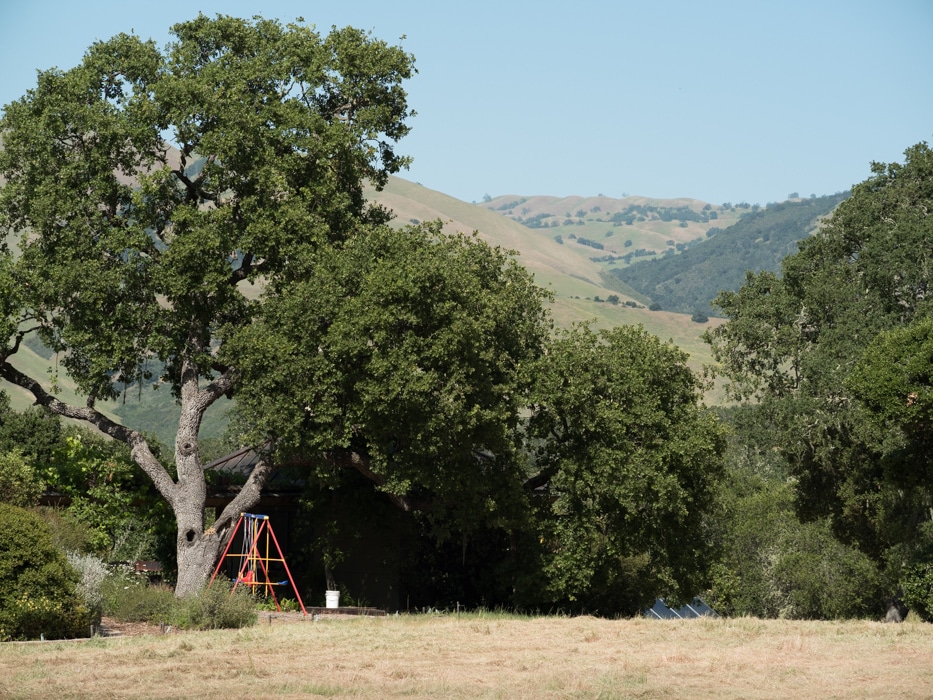
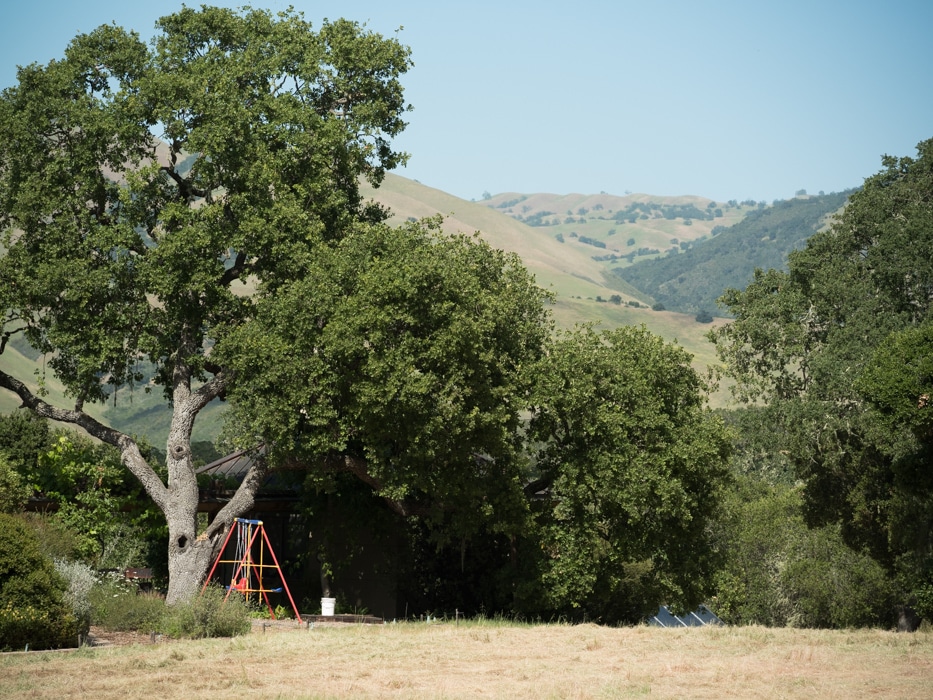
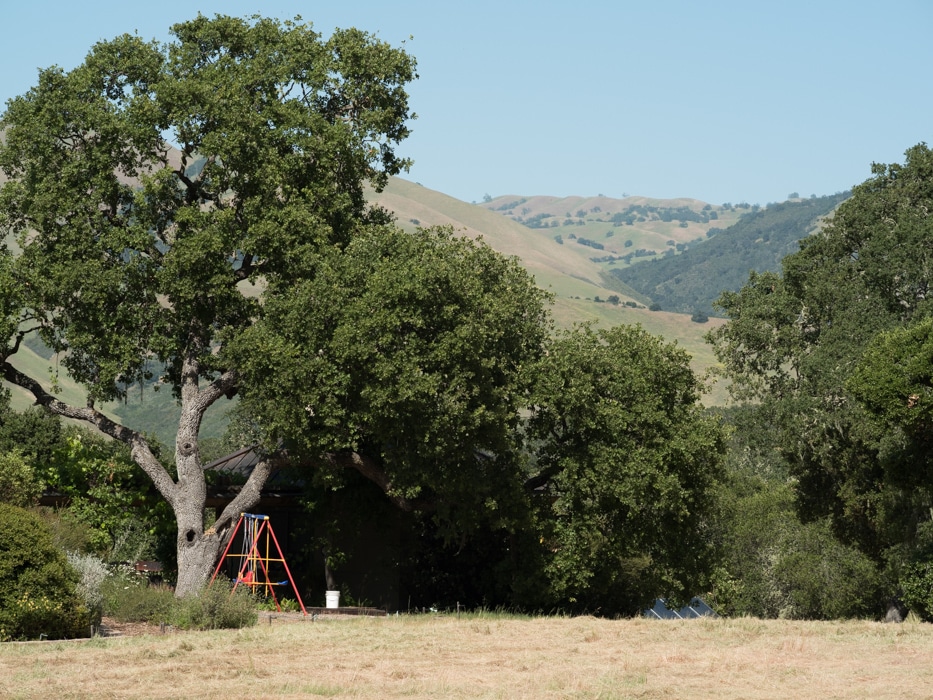
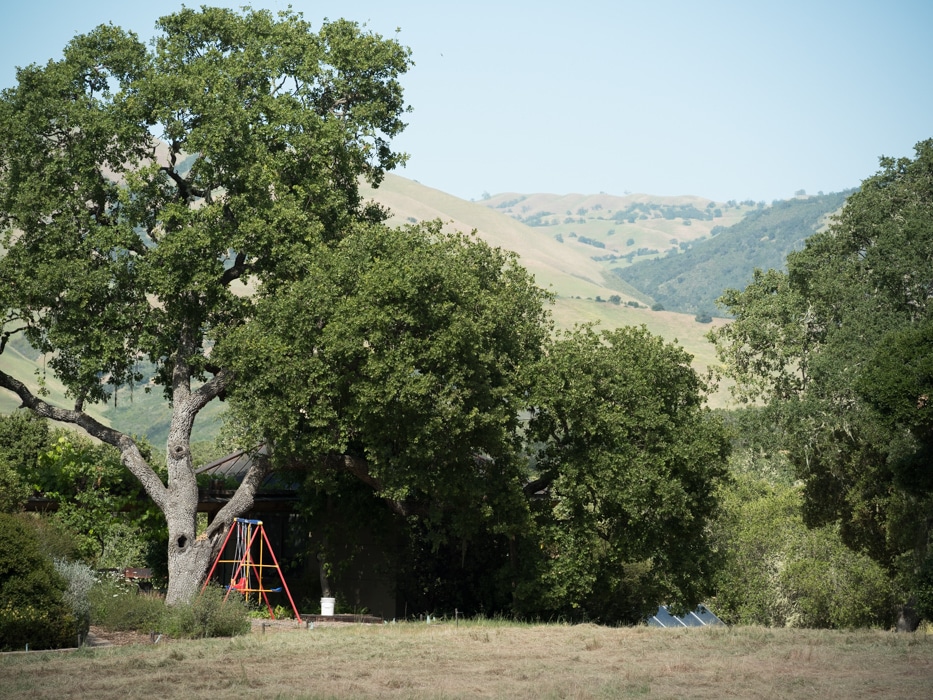
By f/11, the Elmarit’s coverage is evener.
I’m going to show you some very tight crops; here’s how to use them. The dimensions of the GFX sensor are 8256×6192 pixels. If we make a full-frame print from the GFX on a printer with 360 pixels per inch native driver-level resolution, like the Epson inkjet printers, we’ll end up with a 23×17 inch (58×44 cm) print. The 318×246 pixel crop you’re looking at will end up 0.8333×0.6833 inches (2.12×1.74 cm). Let’s imagine that you or your viewers are critical, and will look at the 22×17 inch print from about 18 inches (conventional wisdom is that the distance would be a little greater than that, or 28 inches (the diagonal), but you did buy a high-resolution camera for a reason, didn’t you?).
The next step is dependent on your monitor pitch, which you may or may not know. Turns out, you don’t have to know it. Just take the 253% crops and view then at 1:1. How high are they? Get out your ruler and measure, or just guess. Let’s say they are 6 inches high. 6 inches is about 7 times 0.8333, so in order to view the crops the way they’d look from 18 inches on the print is to view them from 7 times as far away, or 10.5 feet.
Everything here scales proportionately. If the image on your screen is bigger than 6 inches, increase your viewing distance by the ratio of your image height to 6 inches. If you think your viewers are going to almost get their nose to that print and look at it from six inches, divide that 10.5 feet by 3, and look at the image on the monitor from three and a half feet away.
On a 30 inch 4K display, a 1:1 presentation of these crops will be about 4 inches, so to simulate the effect of viewing the print from 18 inches, you’ll want to back up to about seven feet. A couple of feet for a 6 inch print viewing distance. On a 17 inch laptop 4K display, a 1:1 presentation of these crops will be about 2 inches, so to simulate the effect of viewing the print from 18 inches, you’ll want to back up to about three and a half feet. A foot for a 6 inch print viewing distance.
In the upper center:
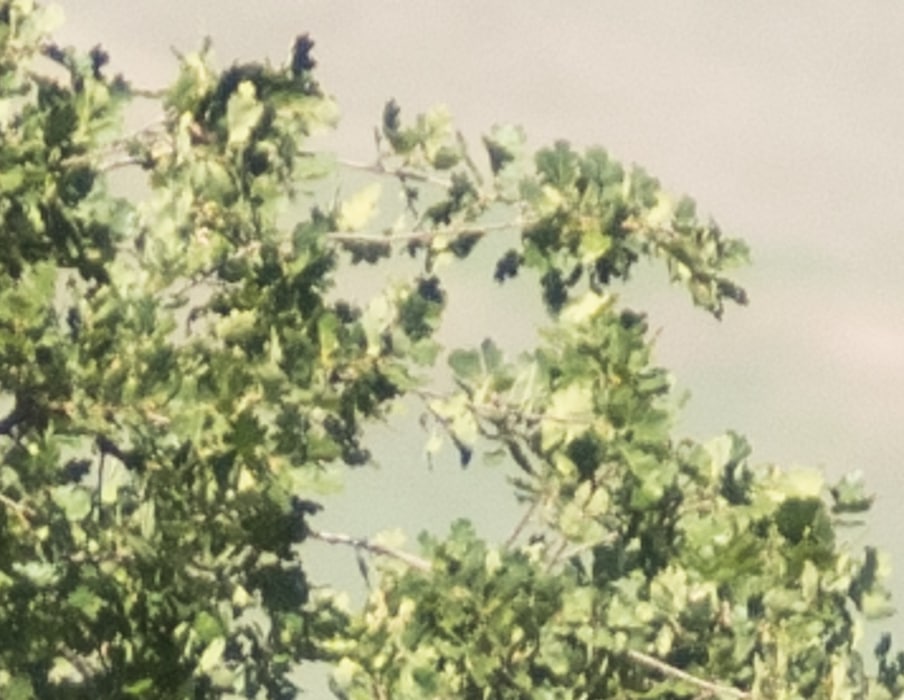

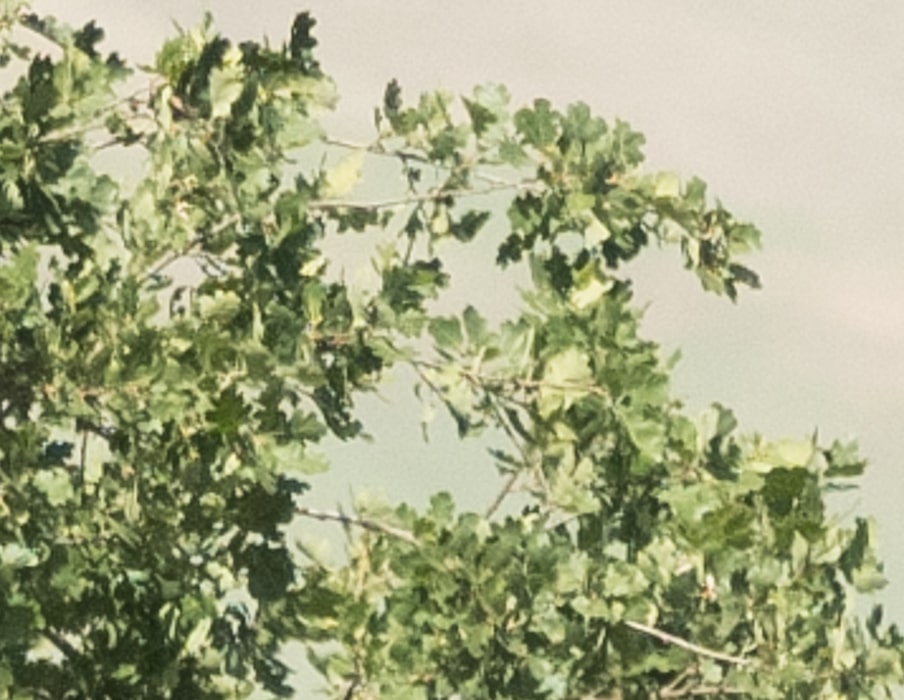
The Apo-Telyt is sharper, and the rendering is more realistic. The Elmarit is no slouch, though.
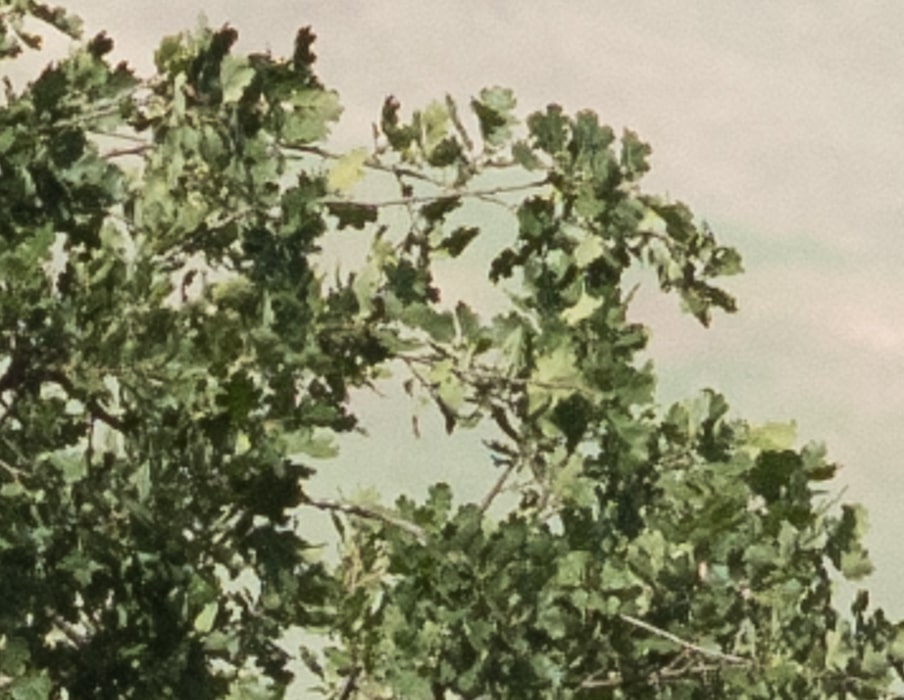
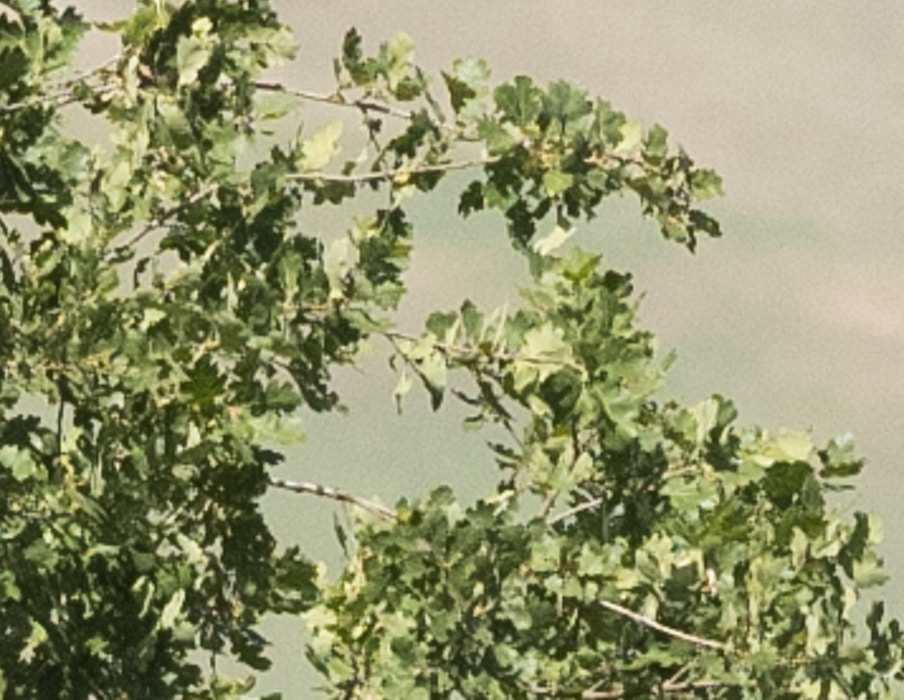
The light is different — those pesky clouds again — but I’d still give the nod to the Apo=Telyt.


I still like the Apo-Telyt better, but it could be the lighting differences.
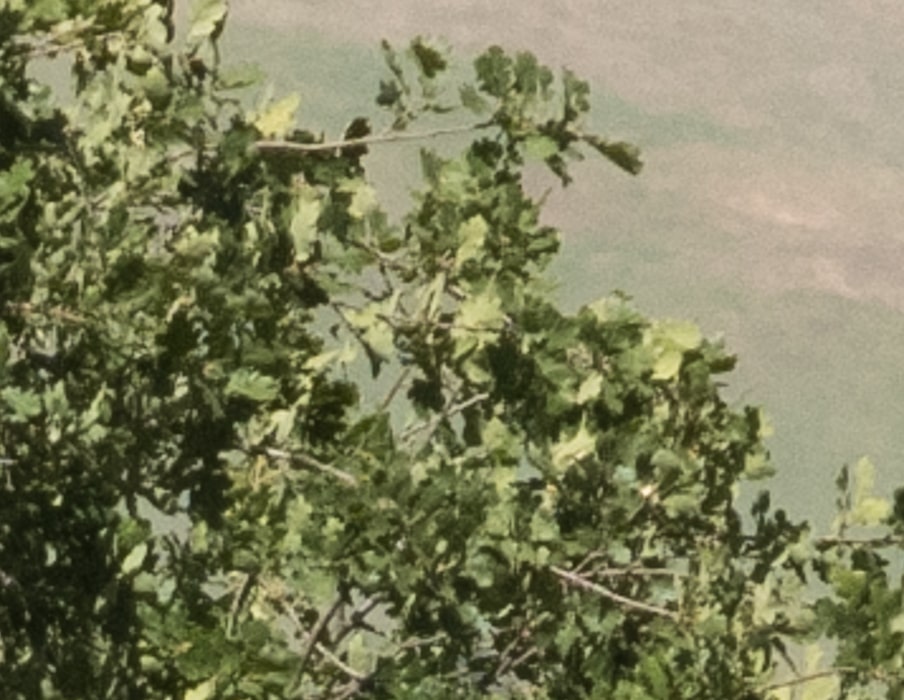
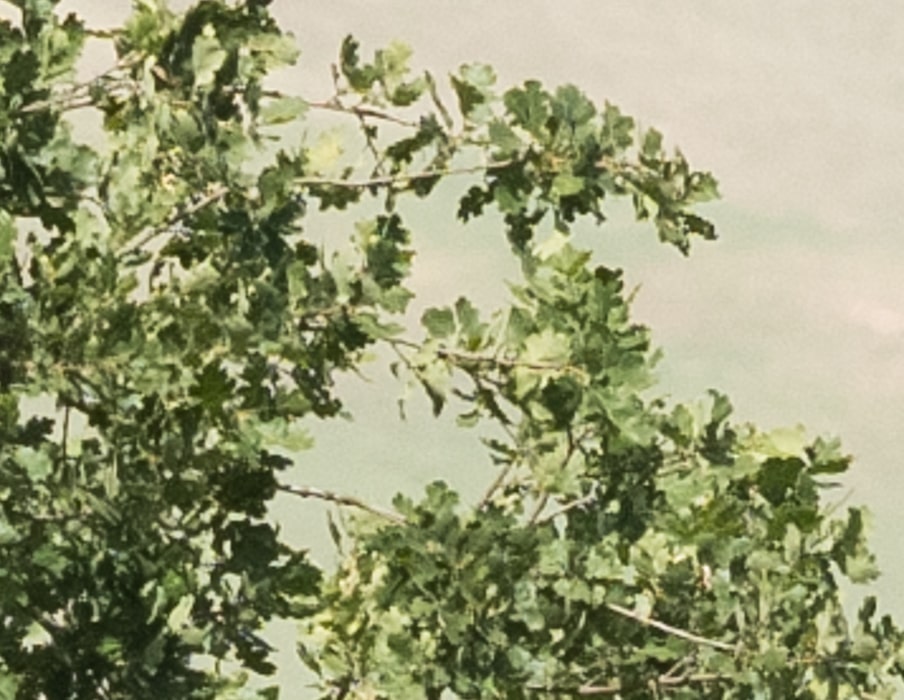
Now both are getting soft because of diffraction.
At the upper left corner of a 1:1 crop:
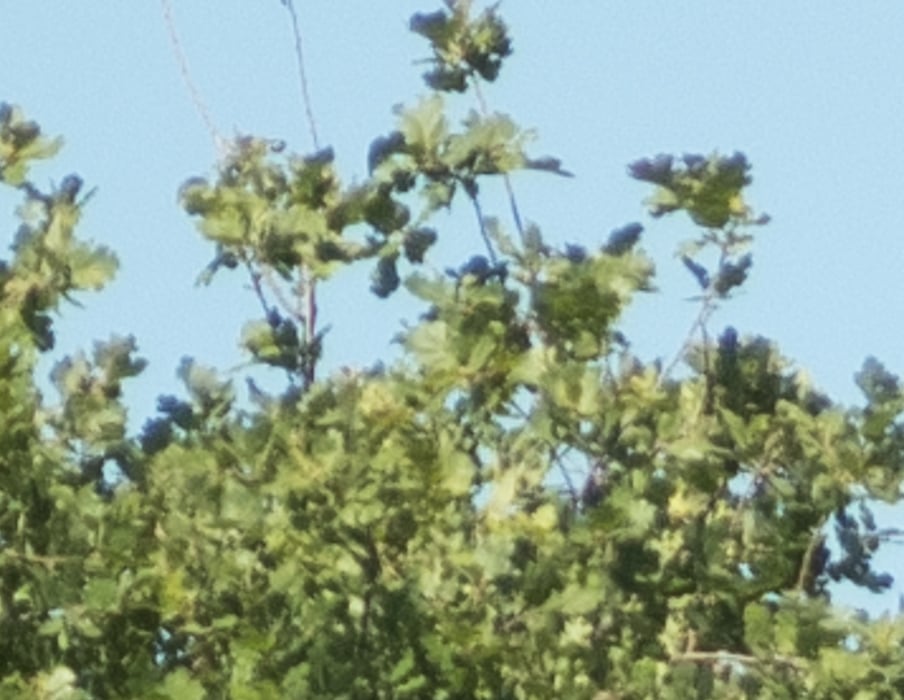
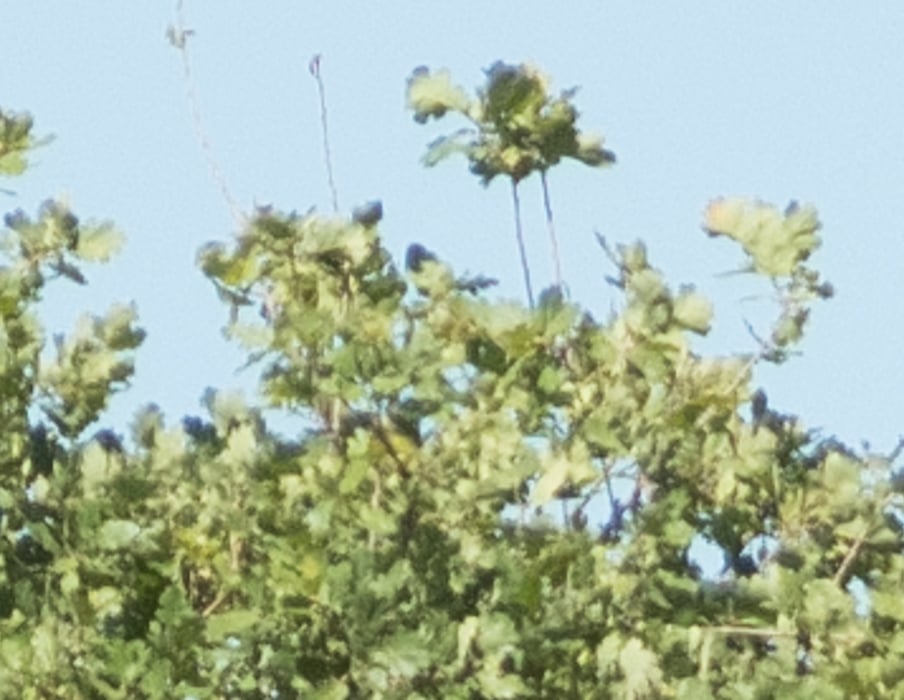

With the exception of the Elmarit wide open, these are strong performances. The Apo-Telyt is superior.
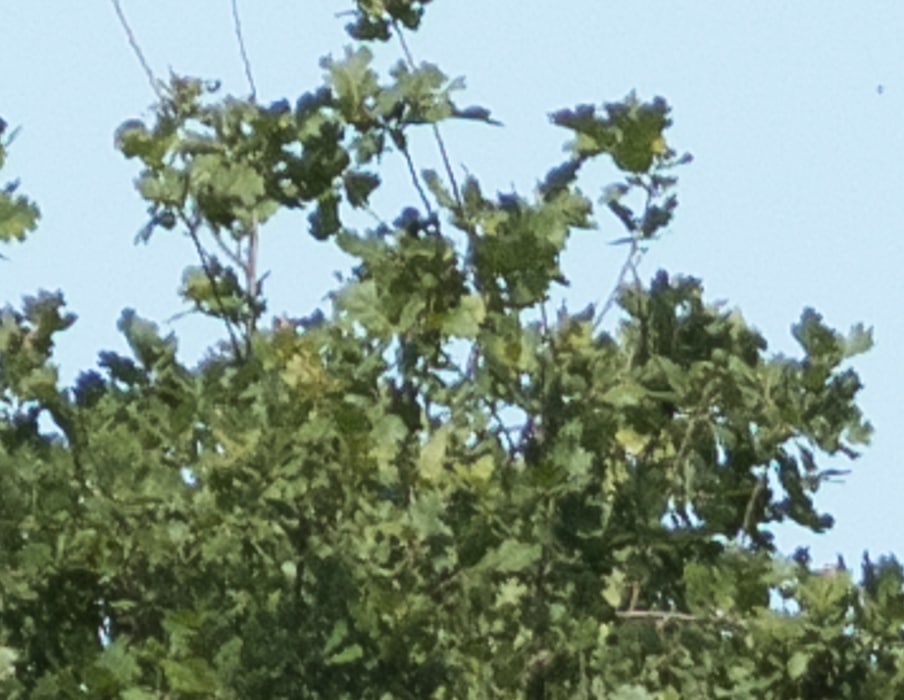

The Apo-Telyt is excellent. The Elmarit is very good.
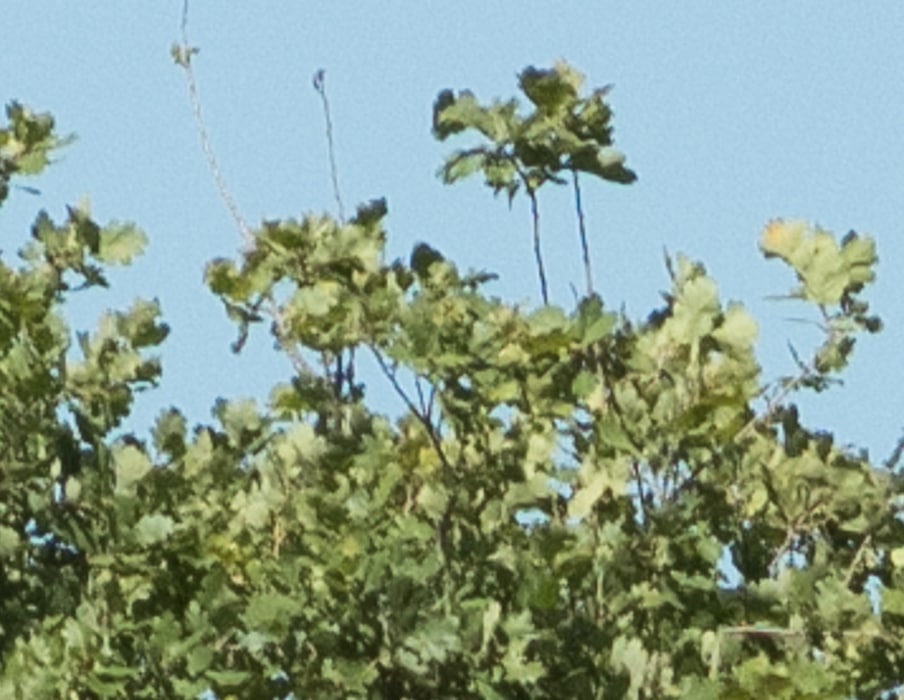
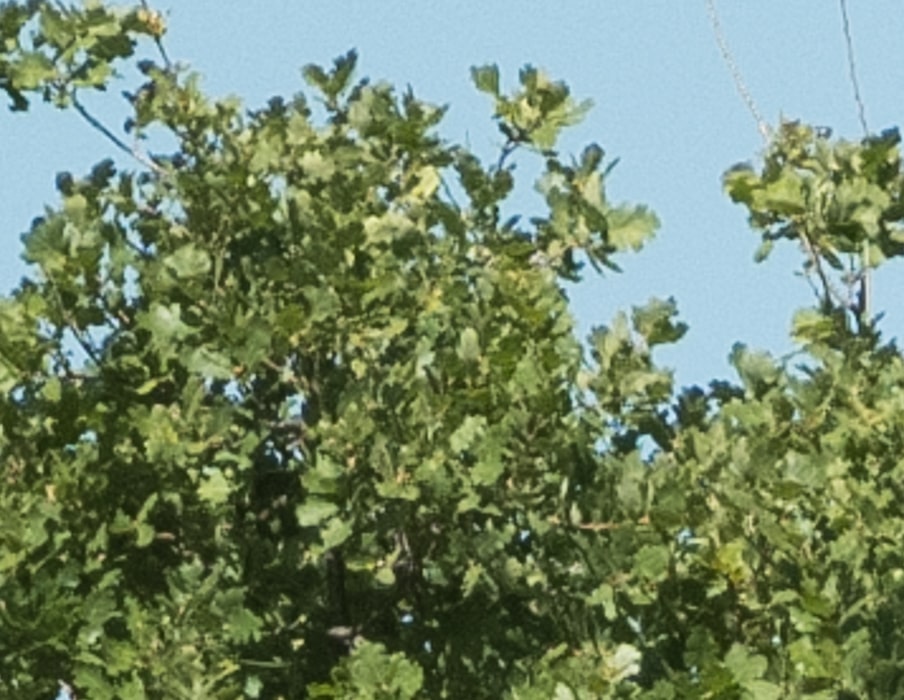
Both are well above acceptable. The Apo-Telyt is better, but you’d never notice the difference in a print.
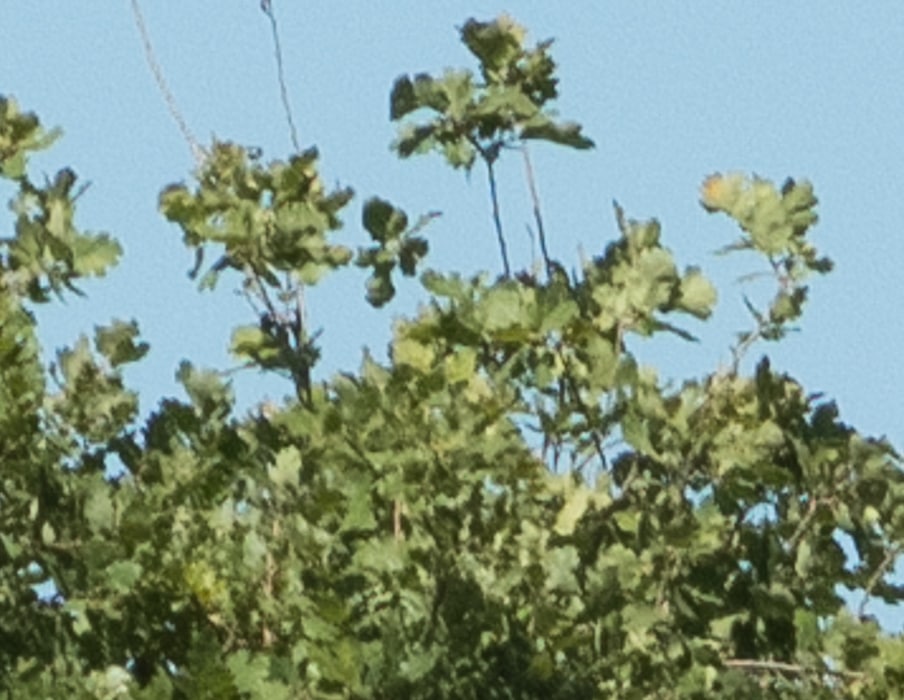
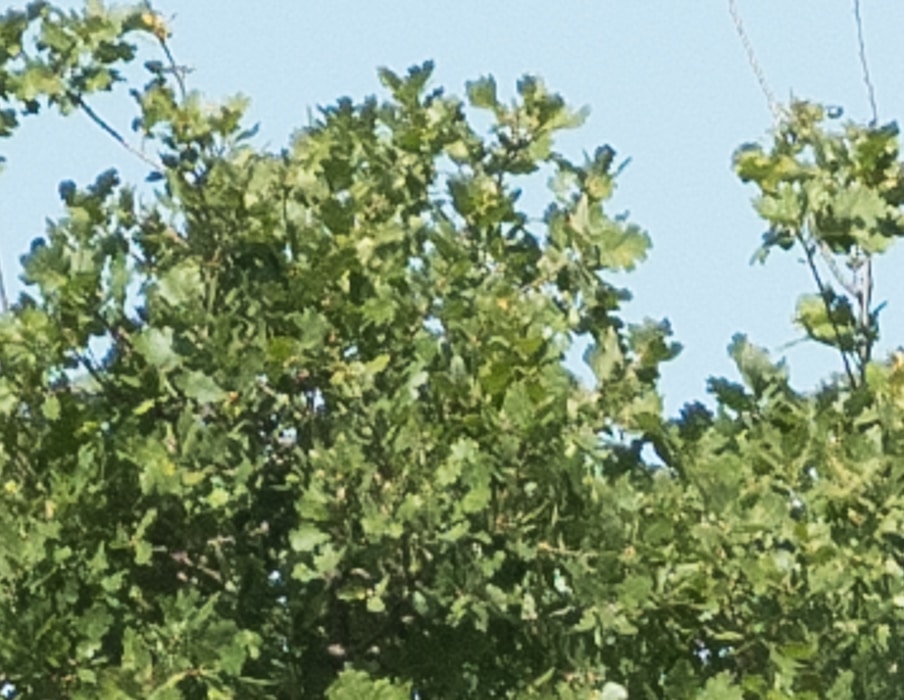
The Apo-Telyt retains it’s superior sharpness even as both lenses are affected by diffraction.
In the upper left, a bit more off-axis than the corner of a 4:5 crop:
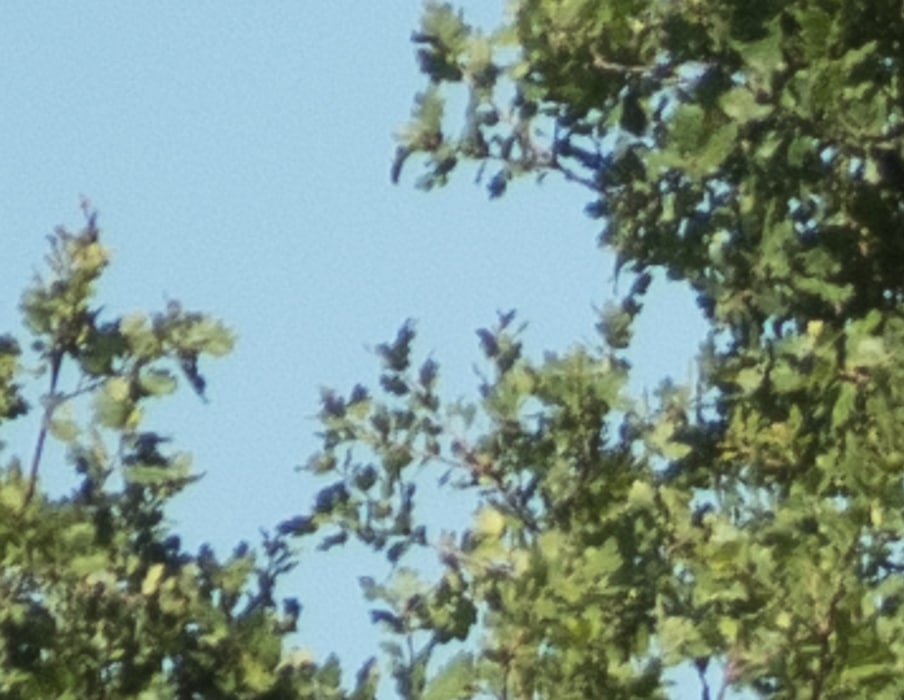
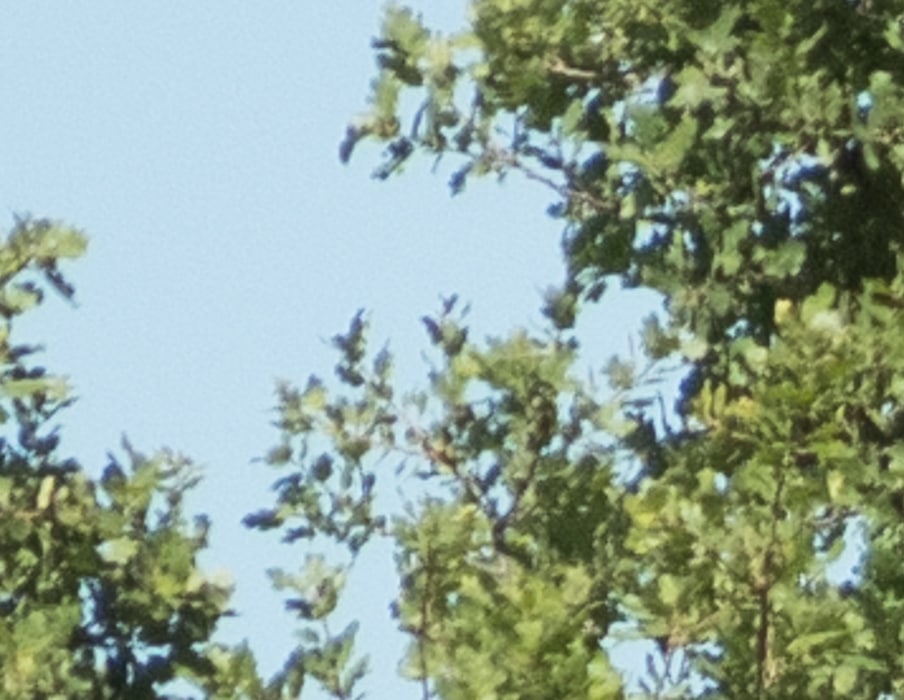
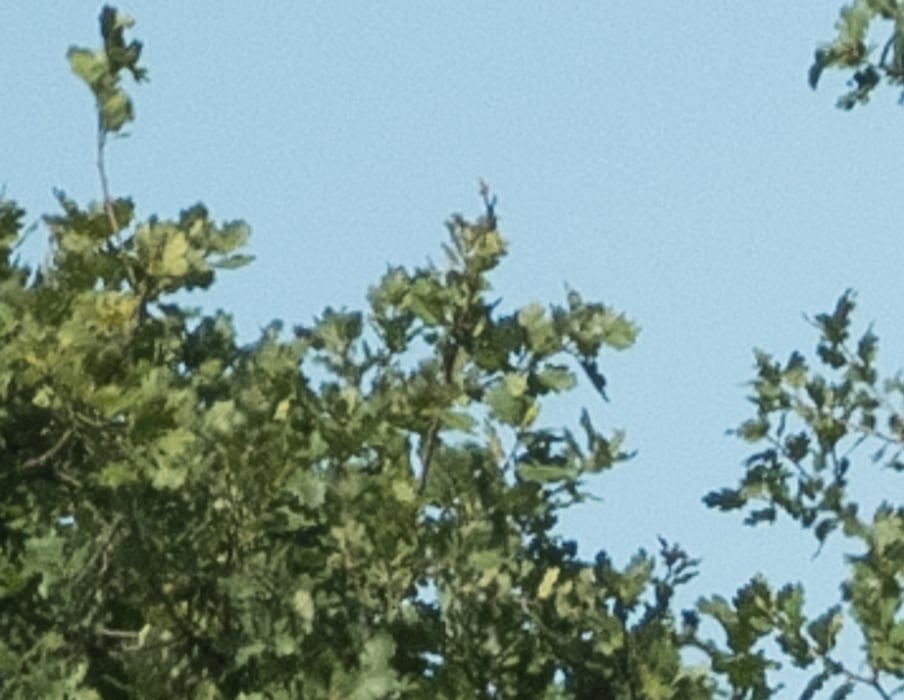
None of these renderings is bad.
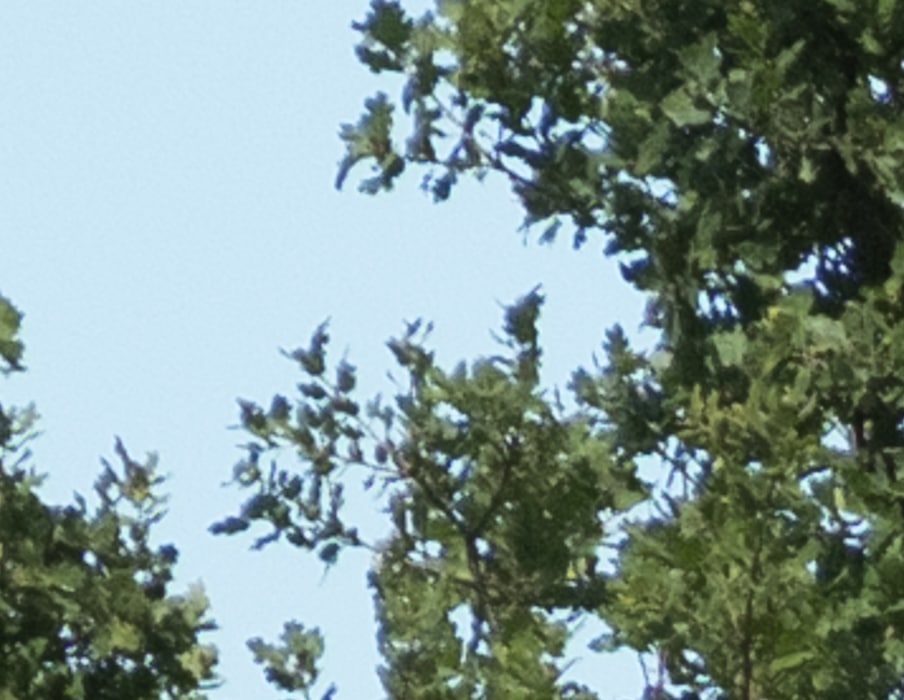
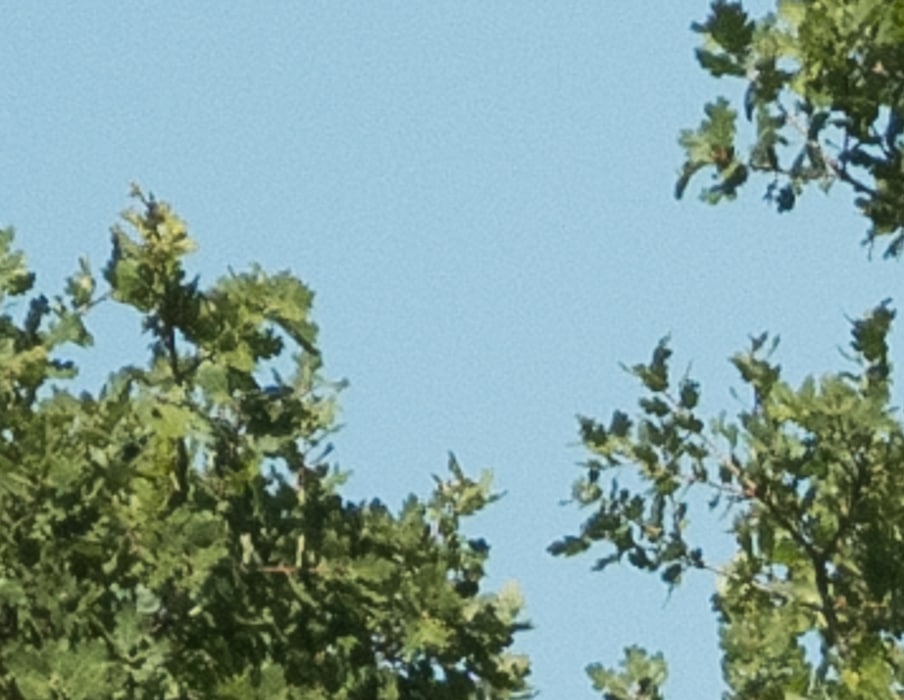
The Apo-Telyt is top-notch. The Elmarit isn’t far behind.
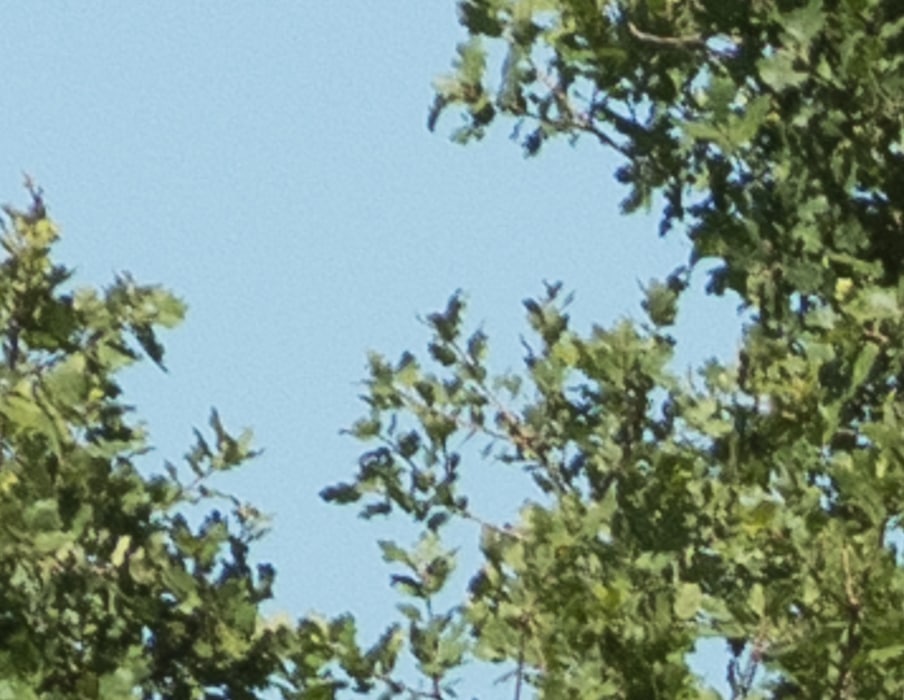
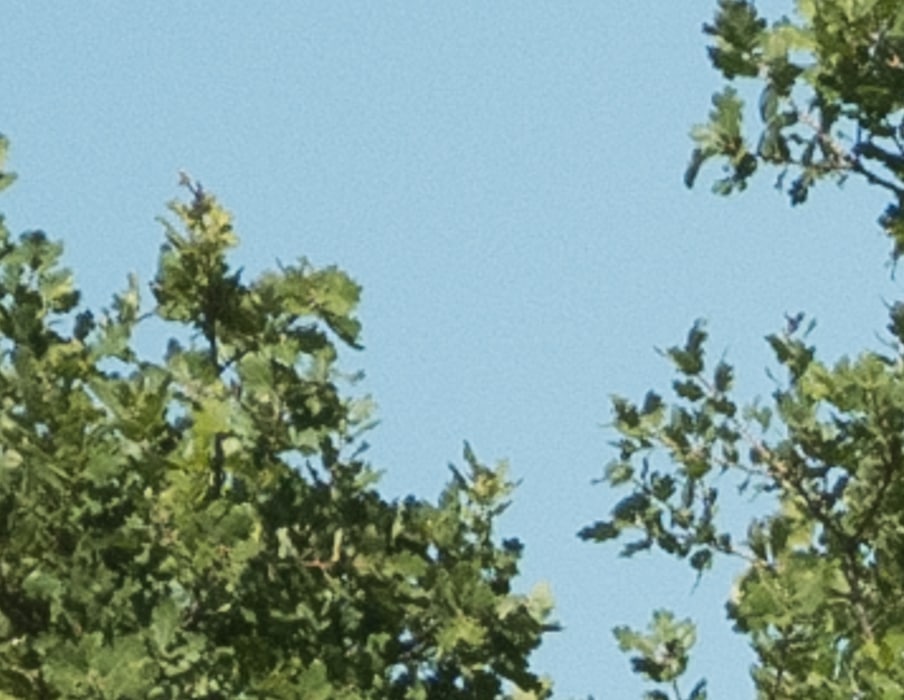
Both are still hanging in there.
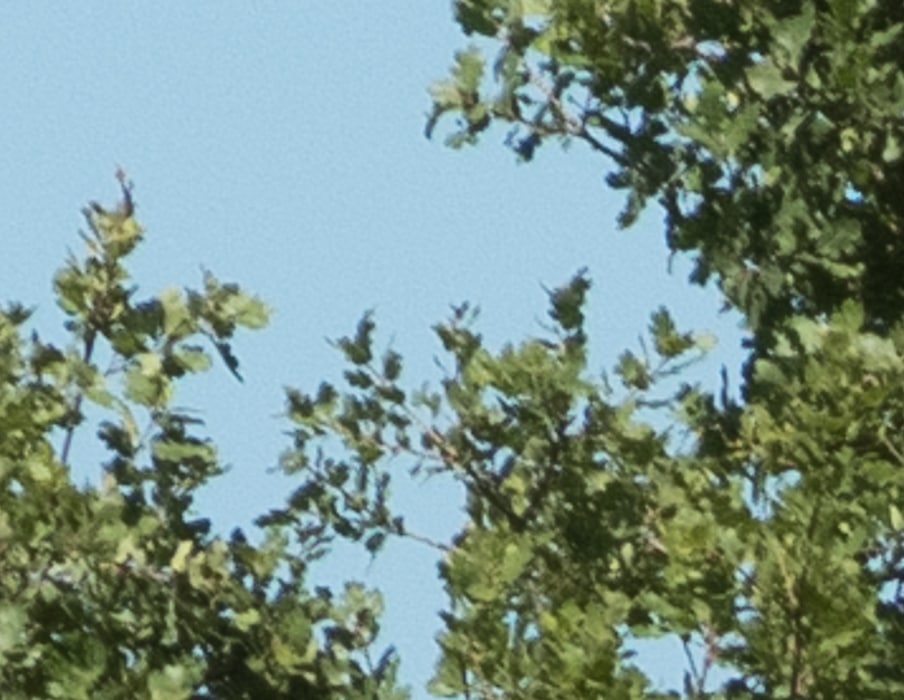
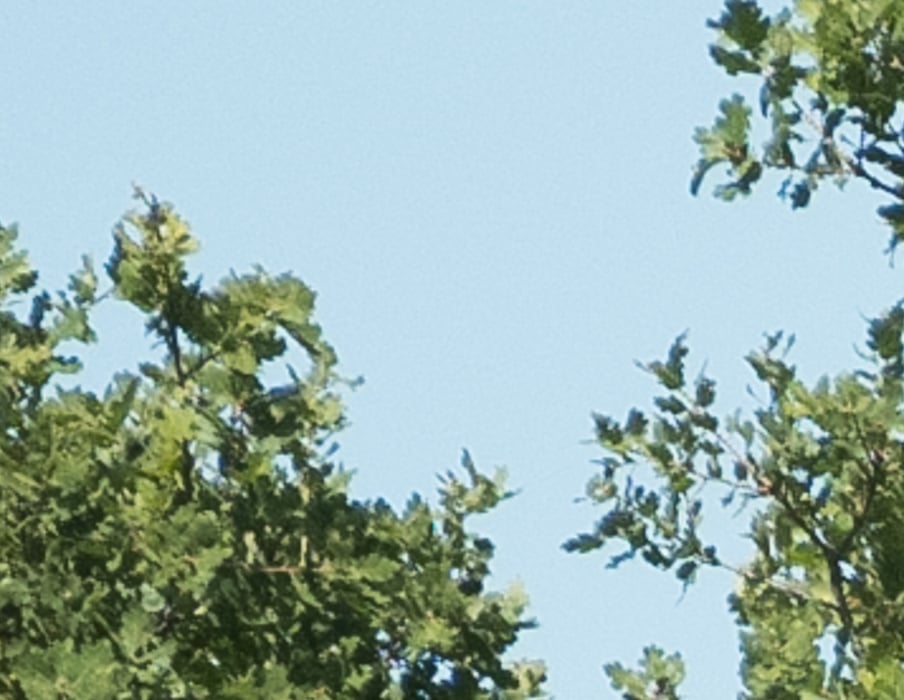
Both of these lenses work fine on the GFX. The good fit with the body size and the easy focusing is a bonus.
Which version of the f/2.8 is this? Version I, the super heavy one with the tripod mount screw hole on the bottom or version II without?
Version II. I’ll make that clear. Thanks.
Hi, thanks for this very informative combination! I’ve a apo-macro-elmarit-R 100mm 2.8. What do you think could the gfx do with this lens? Would the lens hold up and be worth it regarding lens circle & resolution, if maybe a gfx 50s comes my way someday? I’m still undecided if the lens is worth keeping for my a7r3. Thanks for any answer. Best regards andreas
There are some coverage issues with that Leica lens on the GFX. It’s a lovely lens mechanically, though, and is a joy to use. If you’re going to be using it on the a7RIII, be aware that the Sony 90/2.8 is in almost all respects a better lens, and you could probably sell your used Leica for quite a bit more than it would cost to buy the Sony new.
https://blog.kasson.com/the-last-word/focus-shift-and-loca-in-the-leica-r-1002-8-apo-macro/
Hello Jim,
Thanks for running this incredibly informative site. Perhaps I haven’t been able to find the article, but have you tested any Leica R zooms with the GFX? In particular, the Vario-Elmar R80-200mm.
Thank you in advance.
I have not. Sorry.